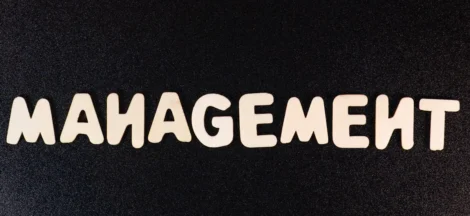Corseturi, commonly known as corsets, have been a significant part of fashion history for centuries. These structured garments are designed to shape and support the torso, creating an hourglass silhouette. Let’s dive into the history, types, materials, benefits, care, and occasions where corseturi can be used.
History of Corseturi
The history of corseturi dates back to ancient civilizations, but they gained prominence in Europe in the 16th century. Initially, corsets were worn by both men and women to support the body and achieve a fashionable shape. By the Victorian era, corsets became a symbol of femininity and societal status. Over time, the design and purpose of corsets evolved, reflecting changes in fashion trends and cultural attitudes toward body image.

Types of Corseturi
1. Underbust Corset:
Covers the torso from under the bust to the hips. Ideal for waist training and can be worn over or under clothing.
2. Overbust Corset:
Extends from the bust to the hips, providing full support and shaping for the bust and waist.
3. Waist Cincher:
A shorter version that focuses on the waist area, offering a less restrictive fit.
4. Bustier:
Similar to an overbust corset but with lighter boning and often includes built-in cups for additional bust support.
5. Waspie:
A very short corset that cinches the waist only, often used for light shaping or as a fashion accessory.
Materials Used in Corseturi
Corsets are made from various materials, each offering different levels of support and comfort:
1. Cotton:
Breathable and comfortable for daily wear.
2. Satin:
Smooth and luxurious, often used for special occasions.
3. Leather:
Durable and provides a distinct, edgy look.
4. Mesh:
Lightweight and breathable, ideal for warmer climates.
5. Brocade:
Decorative fabric is often used in high-end or historical corsets.

Benefits of Wearing Corseturi
There are many benefits of wearing Coresturi, but here we’ll discuss some best in the following:
1. Waist Training:
The top benefit of Regular use can help achieve a more defined waistline.
2. Posture Improvement:
Provides support for the back, promoting better posture.
3. Fashion Statement:
Adds a touch of elegance and sophistication to any outfit.
4. Support:
Offers support for the bust and back, reducing discomfort in some cases.
Care for Corseturi
To maintain the longevity, perfection, and appearance of your corset, follow these care tips in the following:
1. Cleaning:
Spot clean with a damp cloth and mild detergent. Avoid machine washing.
2. Air Drying:
Always air dry your corset, avoiding direct sunlight or heat sources.
3. Storage:
Store in a cool, dry place. Use a padded hanger or lay flat to prevent distortion.
4. Regular Rotation:
Avoid wearing the same corset daily to allow the fabric to rest and regain its shape.
Special Occasions to Wear Corseturi

Corseturi is versatile and can be worn for various occasions in daily routines like:
1. Weddings:
Under a bridal gown for a perfect silhouette.
2. Historical Reenactments:
For an authentic period look.
3. Costume Parties:
Adds authenticity and style to period costumes.
4. Evening Events:
Pair with a skirt or trousers for a chic, elegant look.
5. Daily Wear:
This is for those who enjoy the aesthetic and support of corsets in their everyday wardrobe.
Conclusion
Corseturi is more than just fashion items; they are a blend of history, art, and functionality. Whether you’re interested in waist training with corsets, enhancing your posture, or making a fashion statement, there’s a corset to meet your needs. By understanding the different types, materials, and proper care, you can enjoy the benefits and beauty of corseturi for years to come.





 Waist Training with Corsets: Methods, Benefits, and Disadvantages
Waist Training with Corsets: Methods, Benefits, and Disadvantages